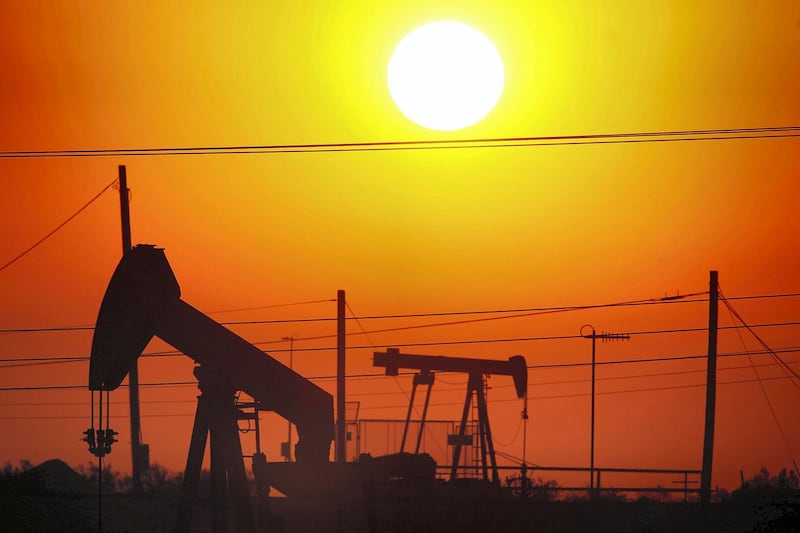Oil prices were steady on Wednesday after falling for two days amid expectations of tighter crude supply and signs that China’s economic recovery is gathering pace.
Brent, the benchmark for two thirds of the world’s oil, was 0.29 per cent higher at $85.71 a barrel at 5.20pm UAE time, while West Texas Intermediate, the gauge that tracks US crude, was up 0.53 per cent at $79.29 a barrel.
China’s manufacturing purchasing managers’ index rose to 50.1 in January from 47.0 in December, signalling an expansion in activity after the world’s second-largest economy and top crude importer lifted all Covid-19 restrictions in early January.
Oil major ExxonMobil reported a 44 per cent rise in its fourth quarter profit on Tuesday and the company’s chief executive Darren Woods warned that global energy supplies would probably remain tight as current production was not covering demand growth.
US crude oil production fell to 12.38 million barrels per day in November 2022, compared with 12.41 million bpd in October, according to data from the US Energy Information Administration.
“Oil output from the US seems like it won’t go up that much more, so the oil market supply picture will hinge on what Opec does,” said Edward Moya, senior market analyst at Oanda.
“The oil market is awaiting a couple of major events, both the FOMC [Federal Open Market Committee] decision and the Opec+ meeting on output.”
The alliance of 23 oil producing countries will hold an online meeting on Wednesday and is widely expected to stick to its existing output policy amid expectations of a swift fuel demand rebound in China.
The US Federal Reserve on Tuesday began its two-day FOMC with the expectation that officials will impose a smaller rate increase following signs that inflation is moderating.
The Fed raised interest rates seven times last year to the range of 4.25 to 4.50 per cent to rein in everyday costs. Now, with the economy showing signs of slowing, it is forecast to raise interest rates by 25 basis points today.
This week, the International Monetary Fund marginally raised its global economic growth estimate for 2023, citing China’s reopening, easing inflation and resilience in the global economy.
The fund expects global economy to grow by 2.9 per cent this year, up from its previous forecast of 2.7 per cent growth.






